What does 24K, 18K and
14K gold mean?
You probably came across jewelry terms like 24K, 18K, 14K and even 9K or 10K. But what does it all mean?
K means karats and refers to the purity of gold. Pure gold is 24 Karats (24K) and it's the most valuable as it is 100% pure gold. It is mined out of the earth in veins or nuggets and is yellow.
Pure gold, however, is very soft and malleable, so over the centuries, jewelers have mixed it with other metals to increase its durability and to give gold the different colors you see today: different shades of yellow, rose and white.
When fine jewelry describes a piece by 18K gold, it means that the 18 parts out of 24 are pure gold: 18/24 means that 75% of the piece is made of pure gold and the other 25% consist of an alloy. The same for 14K - only 14 parts of 24 are pure gold, this means that a 14K piece consists of 58.3% of pure gold and 41.7% of an alloy. You probably got it by now - 10K gold has 41.7% of gold and the alloy is 58.3%.
What Metal Karat should I pick?
Different cultures appreciate different karats of gold. In Asia, particularly in India, 22K is the norm. In Europe 18K and 19K is the most commonly used and it's considered to be the standard of "fine jewelry". In the USA, the tradition has been 14K gold.
Of course that 18K is more precious than 14K - it has way more gold content. 22K may be to soft for a durable piece like a ring, whereas 14K gold will be more durable. Basically, it's up to you. Most of my clients decide based on price and color preference. There is a clear color difference between 14K and 18K, and some gemstones, particularly colored gemstones, may look better with one gold karat.
The difference in color between 14K yellow gold (on top) and 18K yellow gold (on the bottom)
How do you get yellow, rose and white gold?
As I mentioned before, 24K gold (pure) is yellow. It has a very deep, saturated yellow color.
When describing jewelry we say 18KY / 14KY, 18KR / 14KR or 18KW / 14KW:
Y - for yellow gold
R- for Rose gold
W- for white gold
The 1st numbers tell you the content of gold (18 is 75%, 14K is 58.3%), the 1st letter is the Karat- meaning purity of gold and the second letter refers to the color.
But how do you get the colors?
To make the gold white, you mix an alloy of silver, palladium and zinc. Both Palladium and Zinc act as bleaching agents that whiten the gold. Palladium is a white metal with anti-tarnish characteristics and hypoallergenic.
To make gold pink, you mix an alloy of silver, copper and zinc.
| 18K White | 14K white |
| 75% pure yellow gold (AU) | 58.33% pure yellow gold (AU) |
| 18K Yellow | 14K Yellow. |
| 75% fine gold | 58.5% fine gold |
| 18K Rose | 14K Rose |
| 75% gold | 58% gold |
The ring on top is 14K rose gold and the one on the left is 18K rose gold. Sometimes the gemstones can accentuate or diffuse the color of gold selected for the piece.

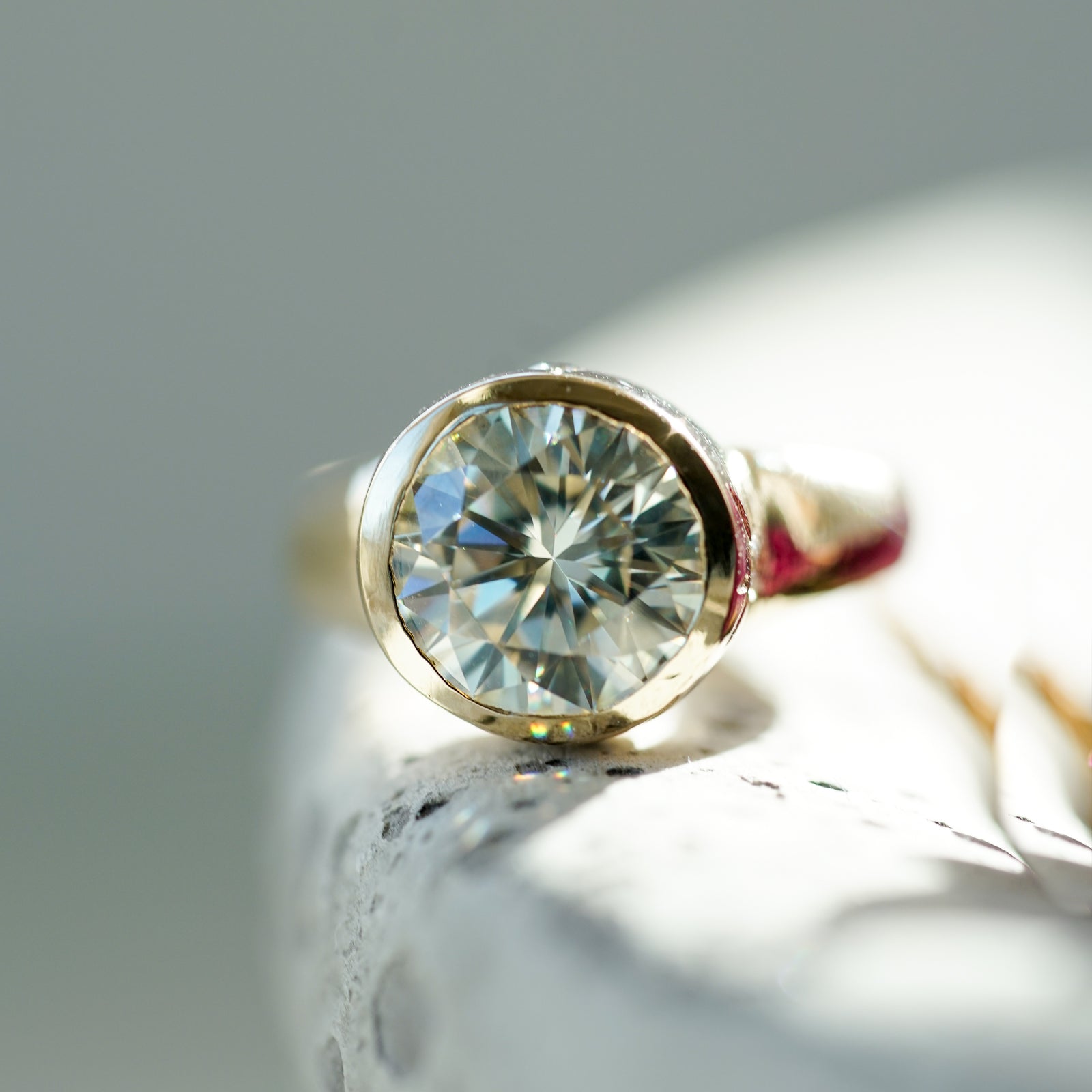
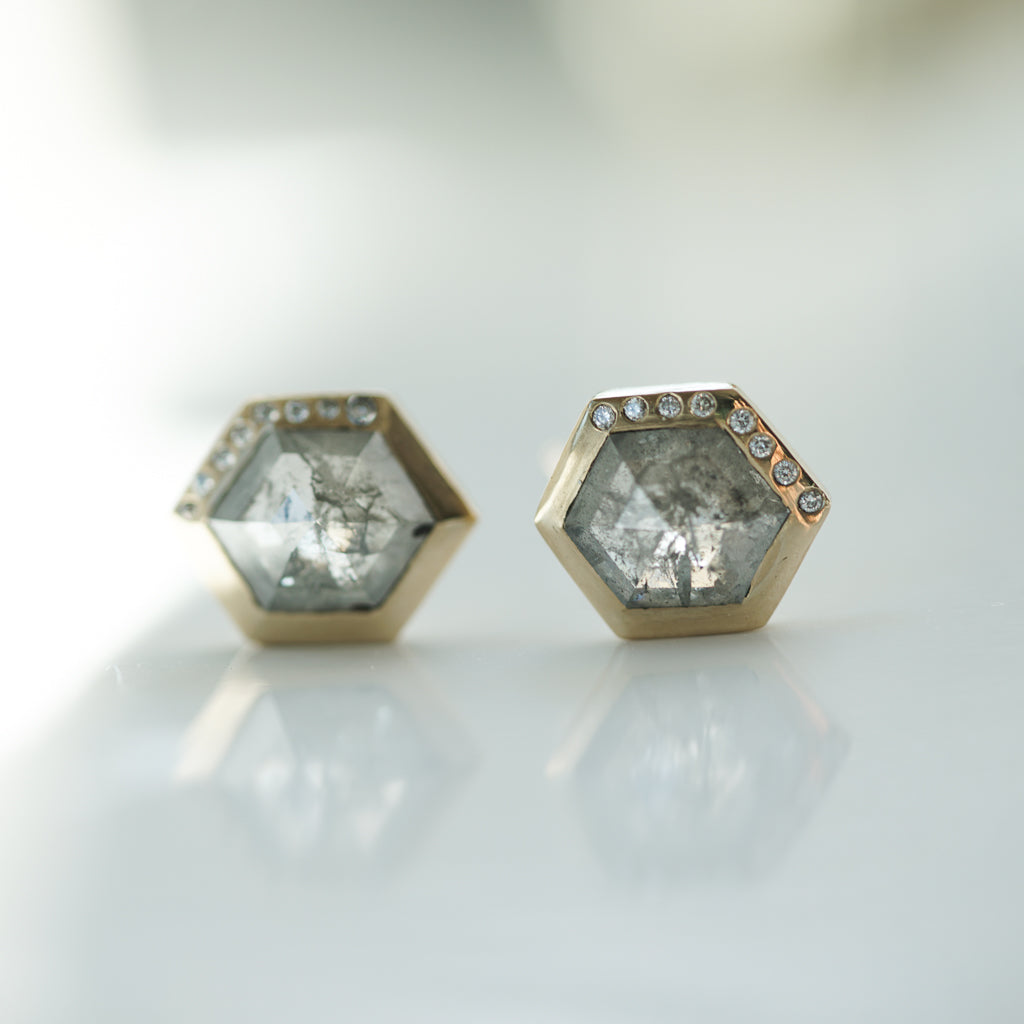
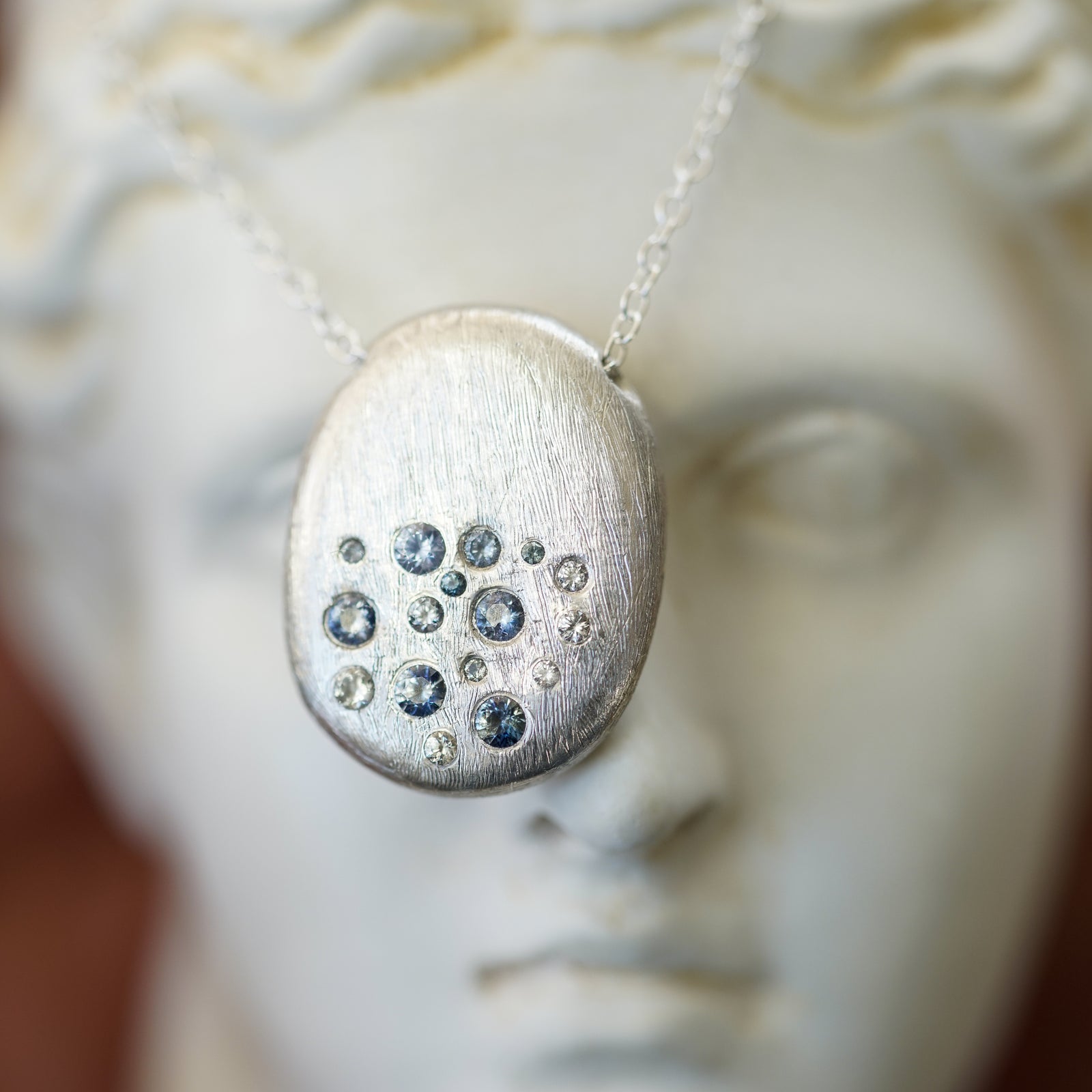
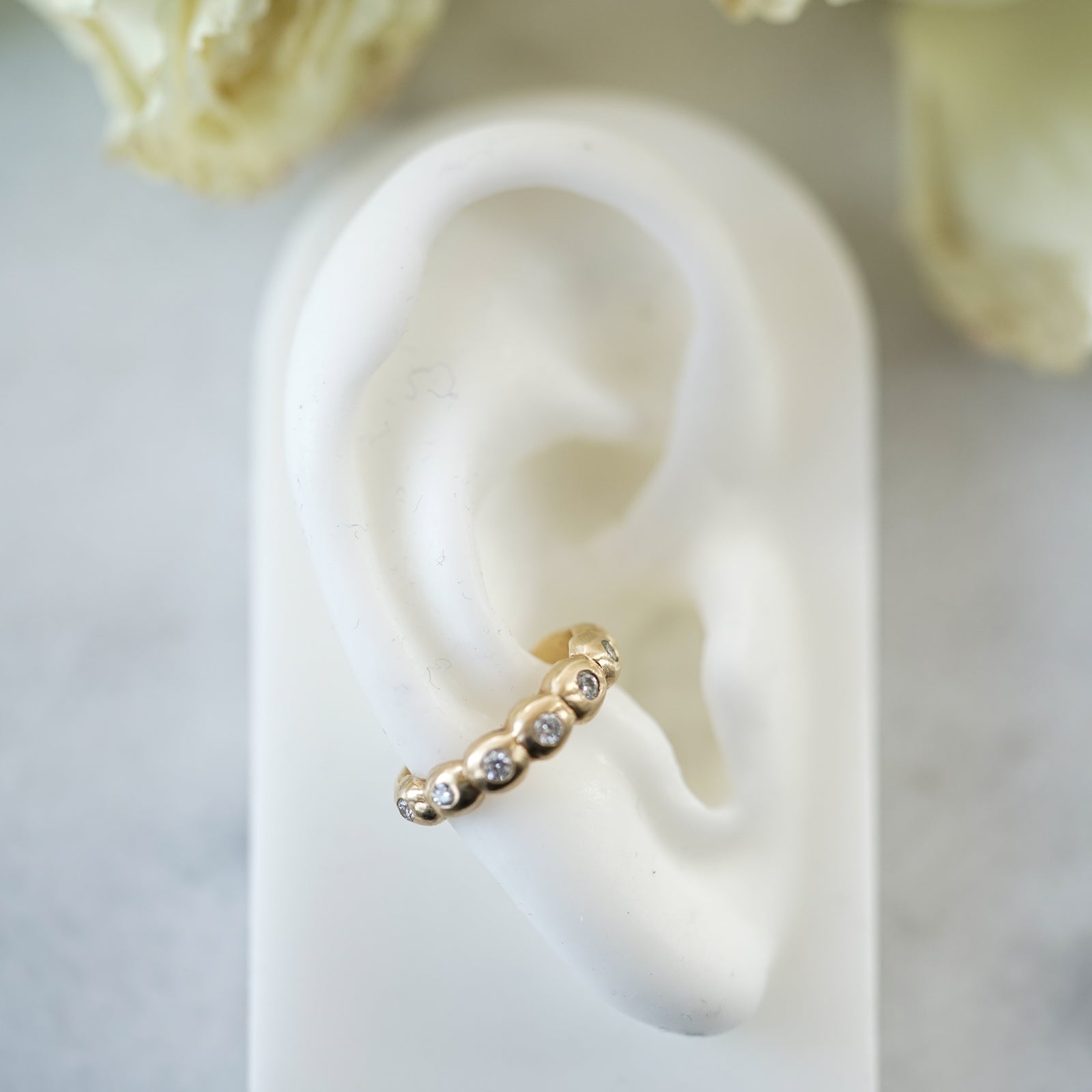
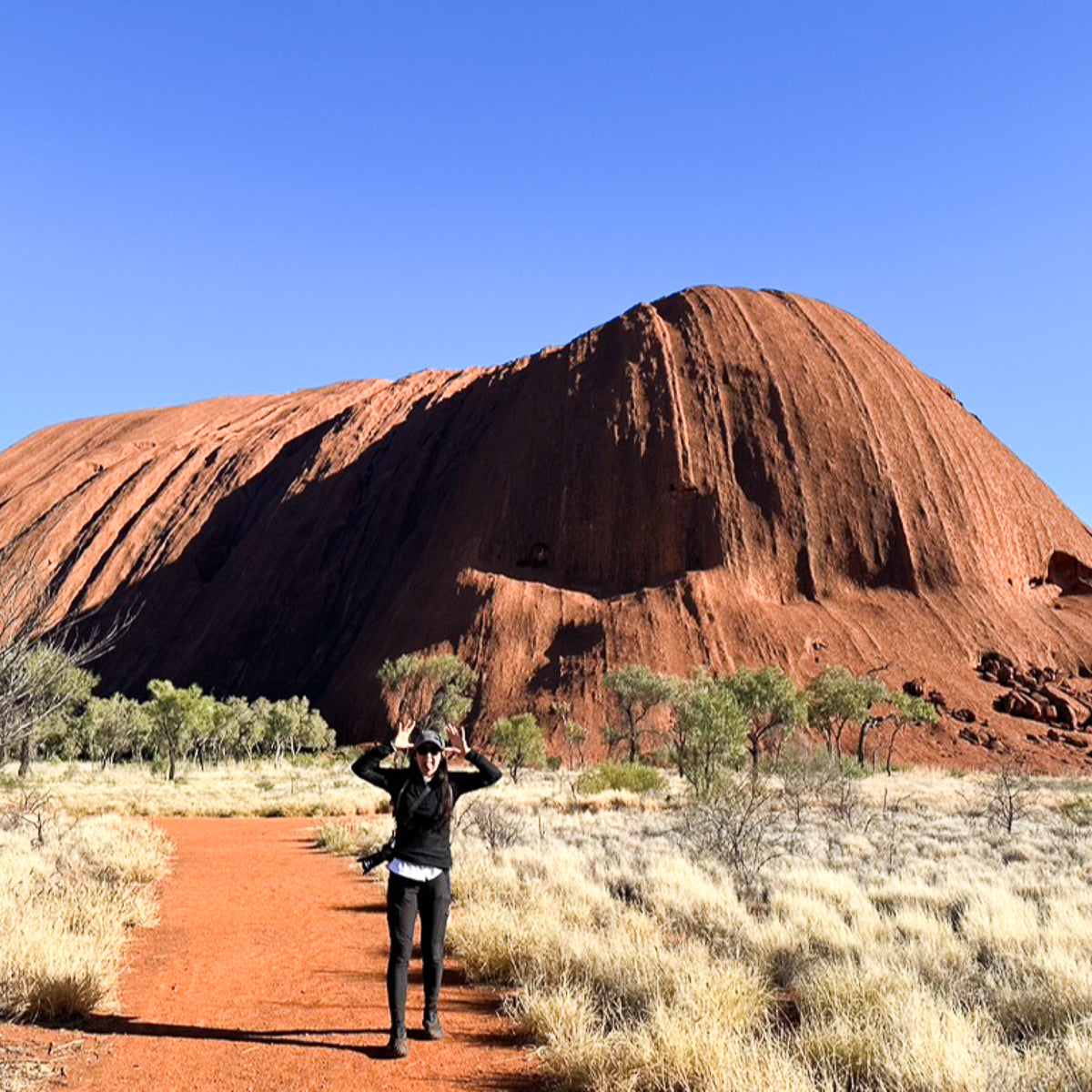
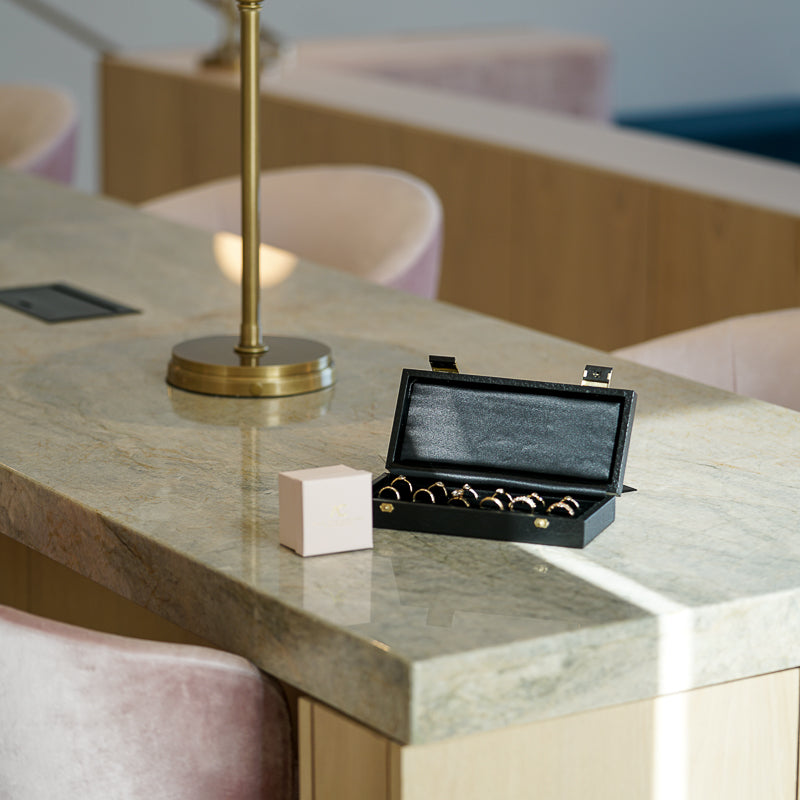
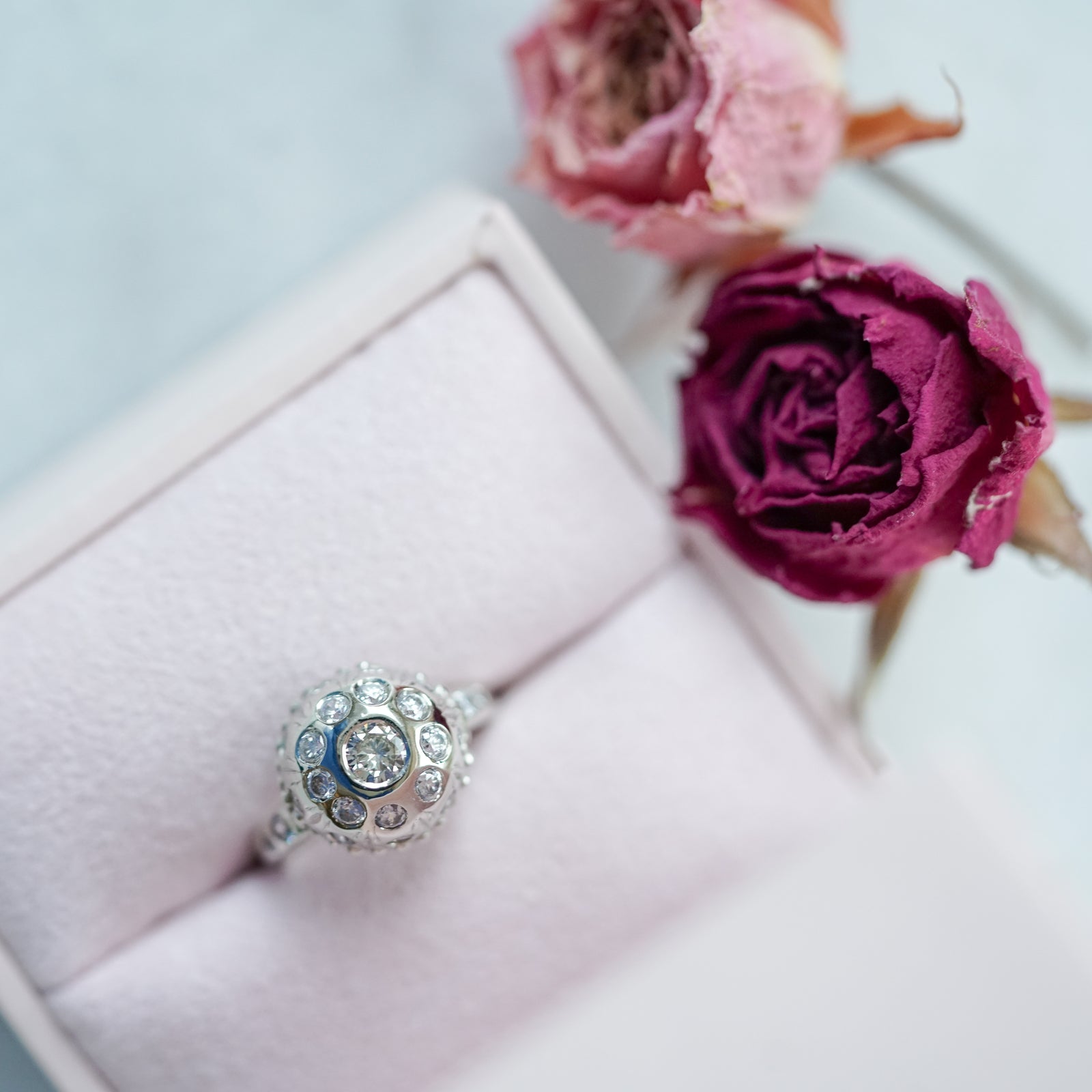
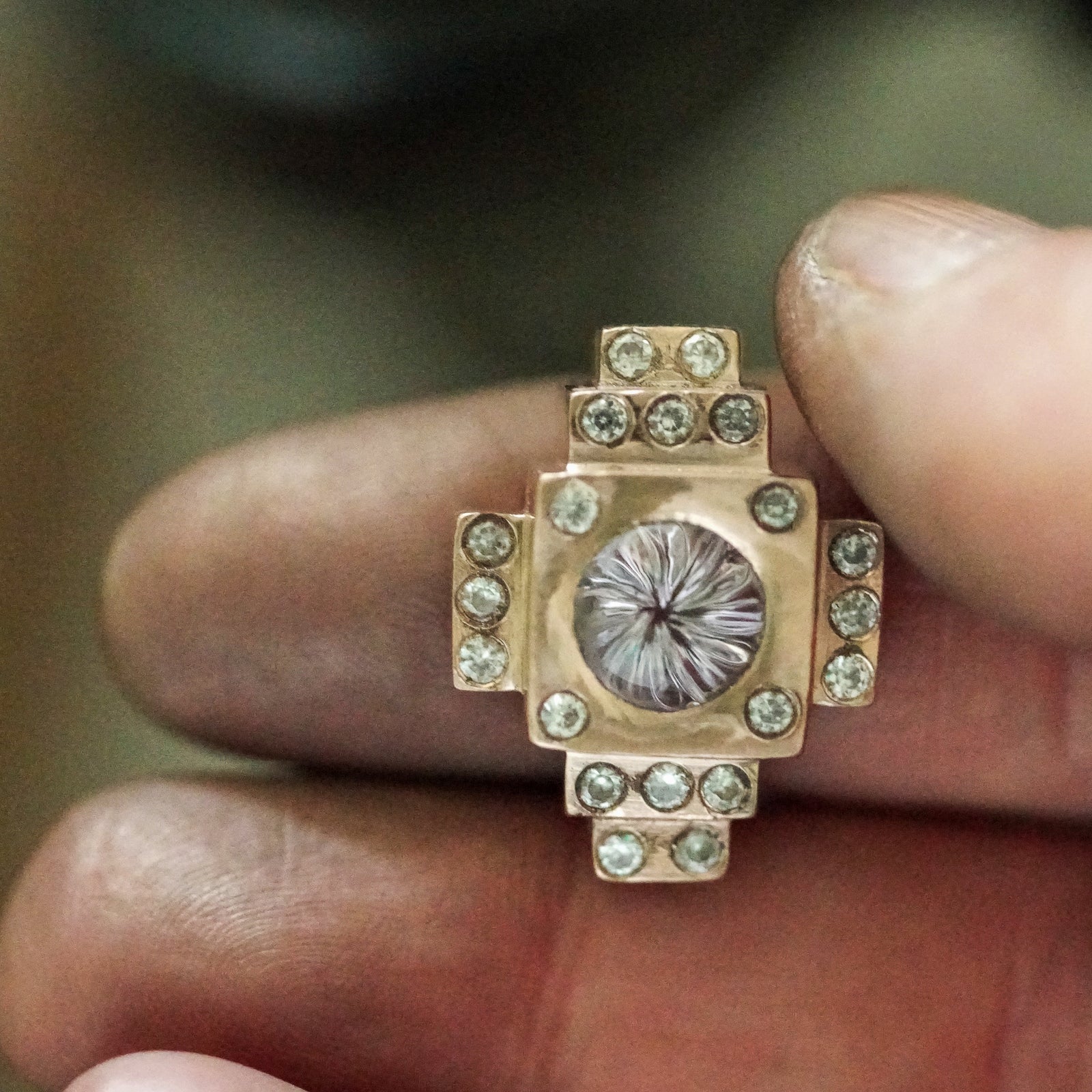
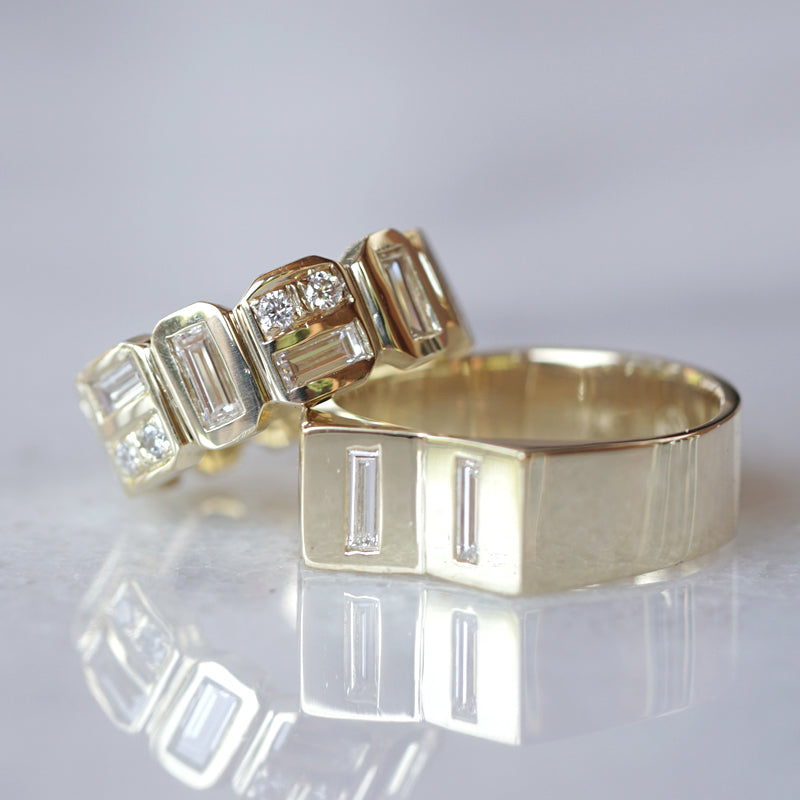

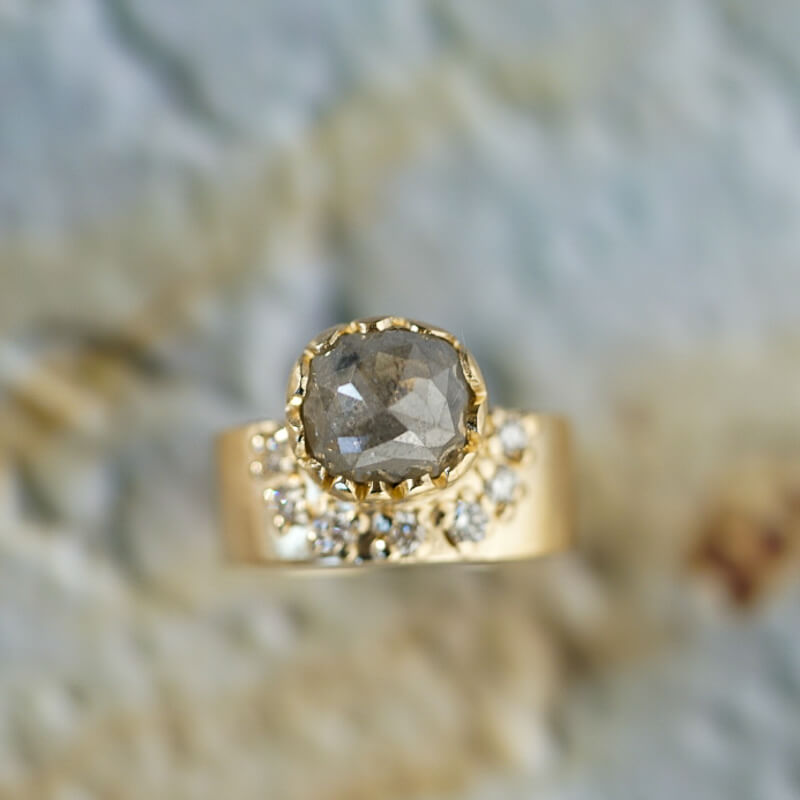
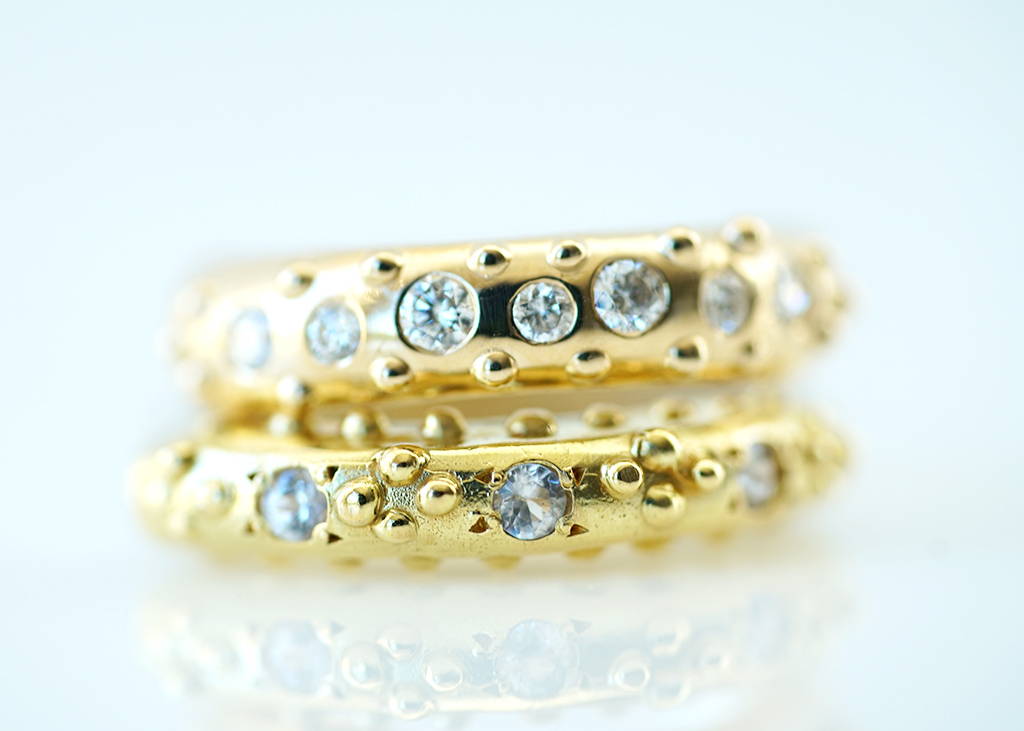
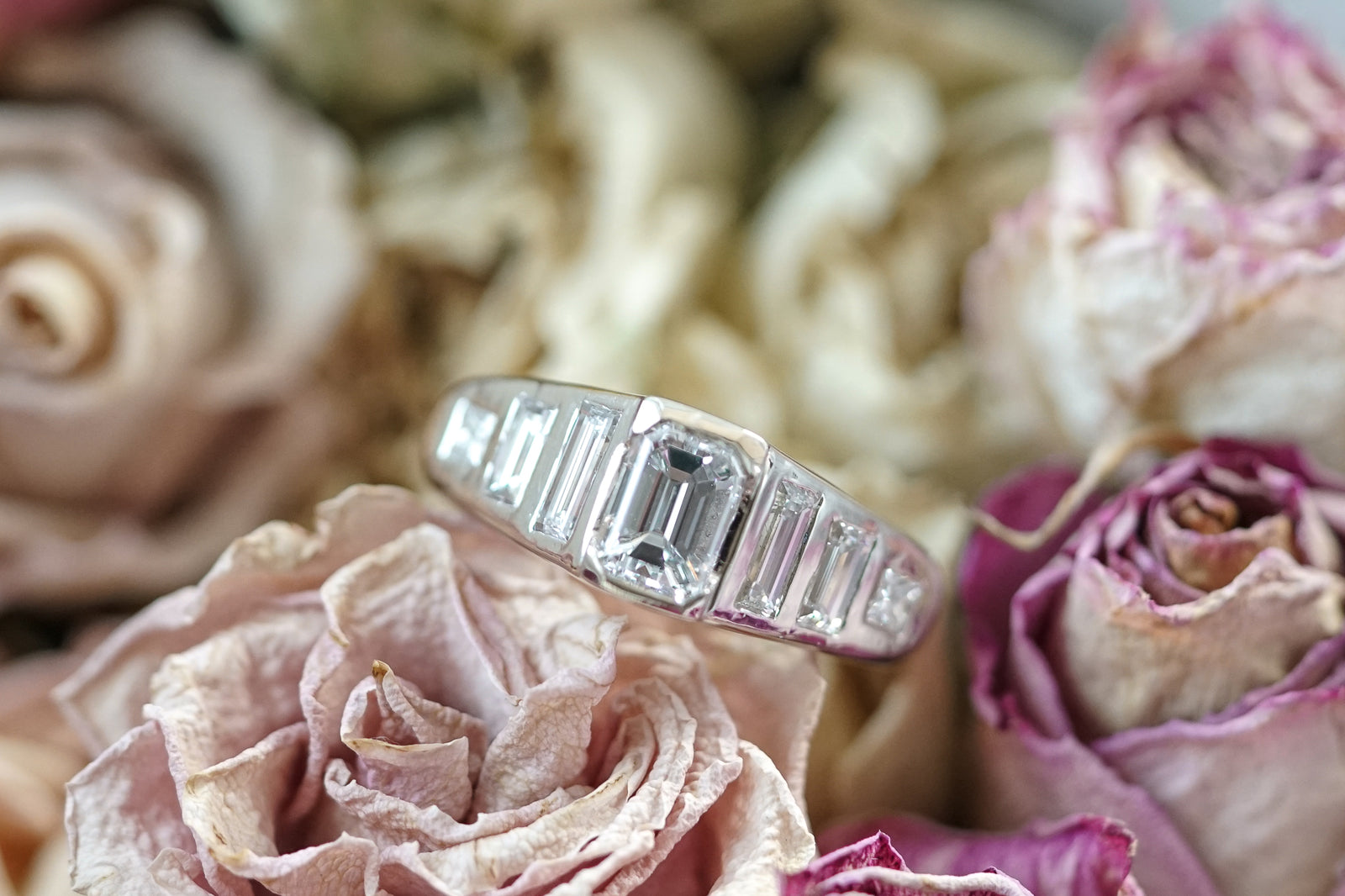
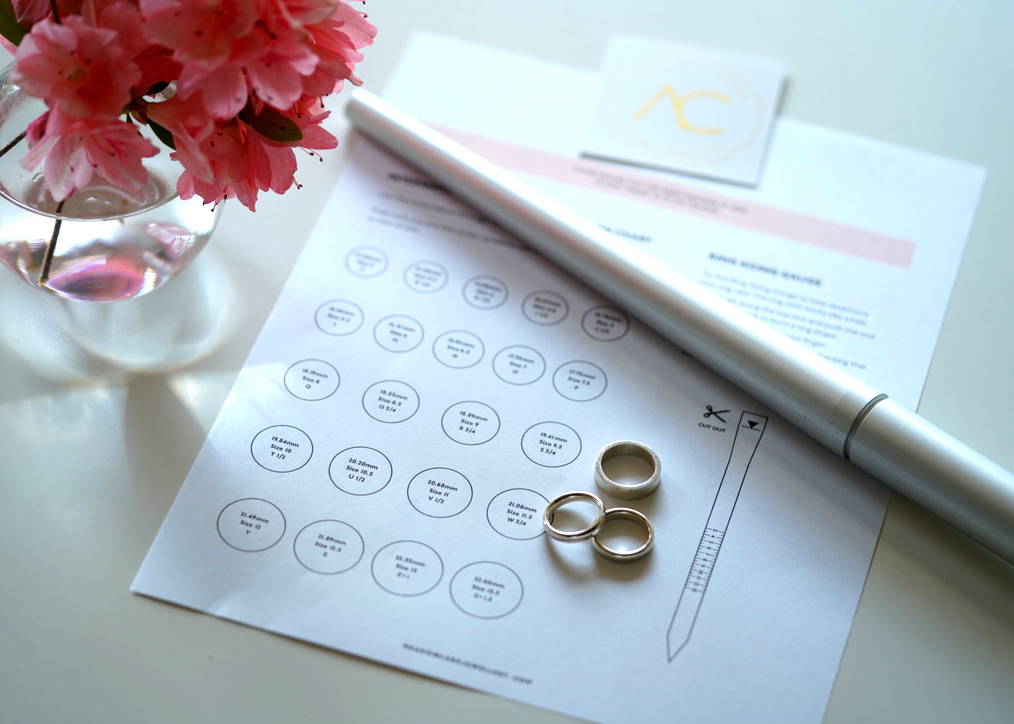
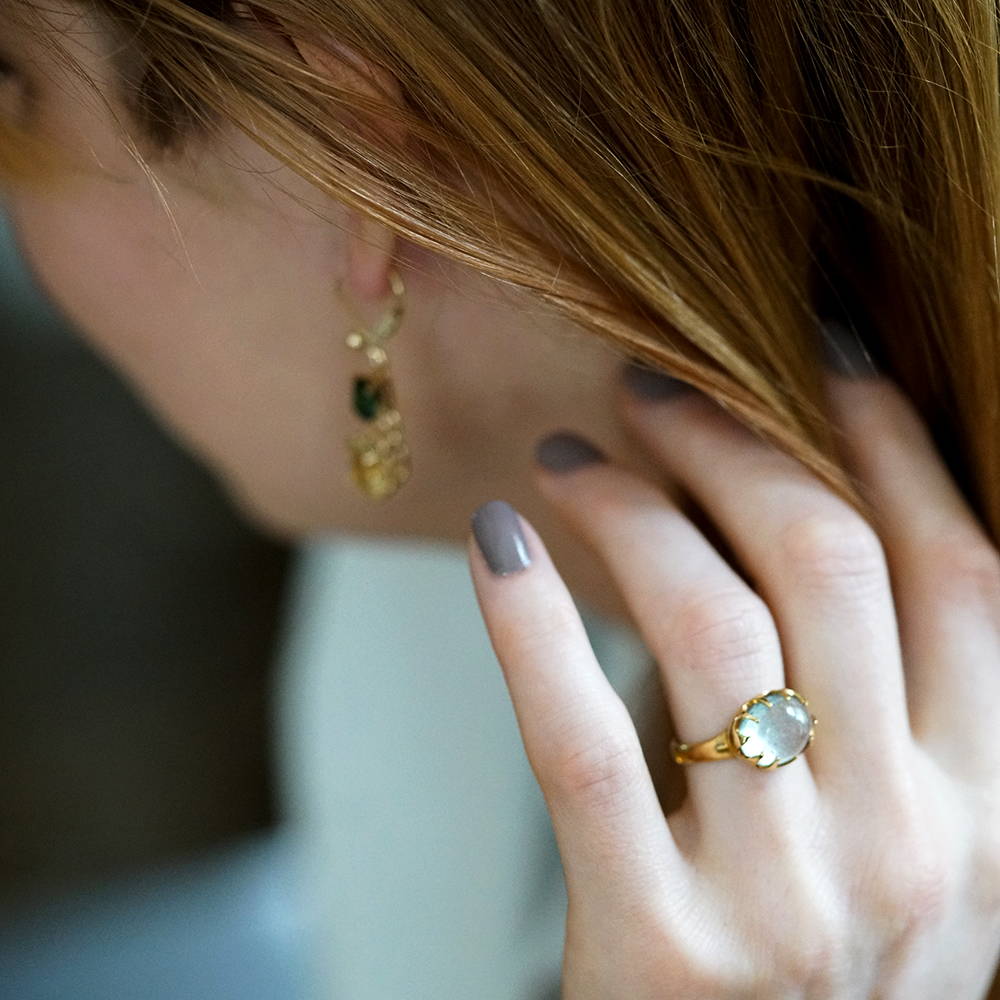
Leave a comment (all fields required)